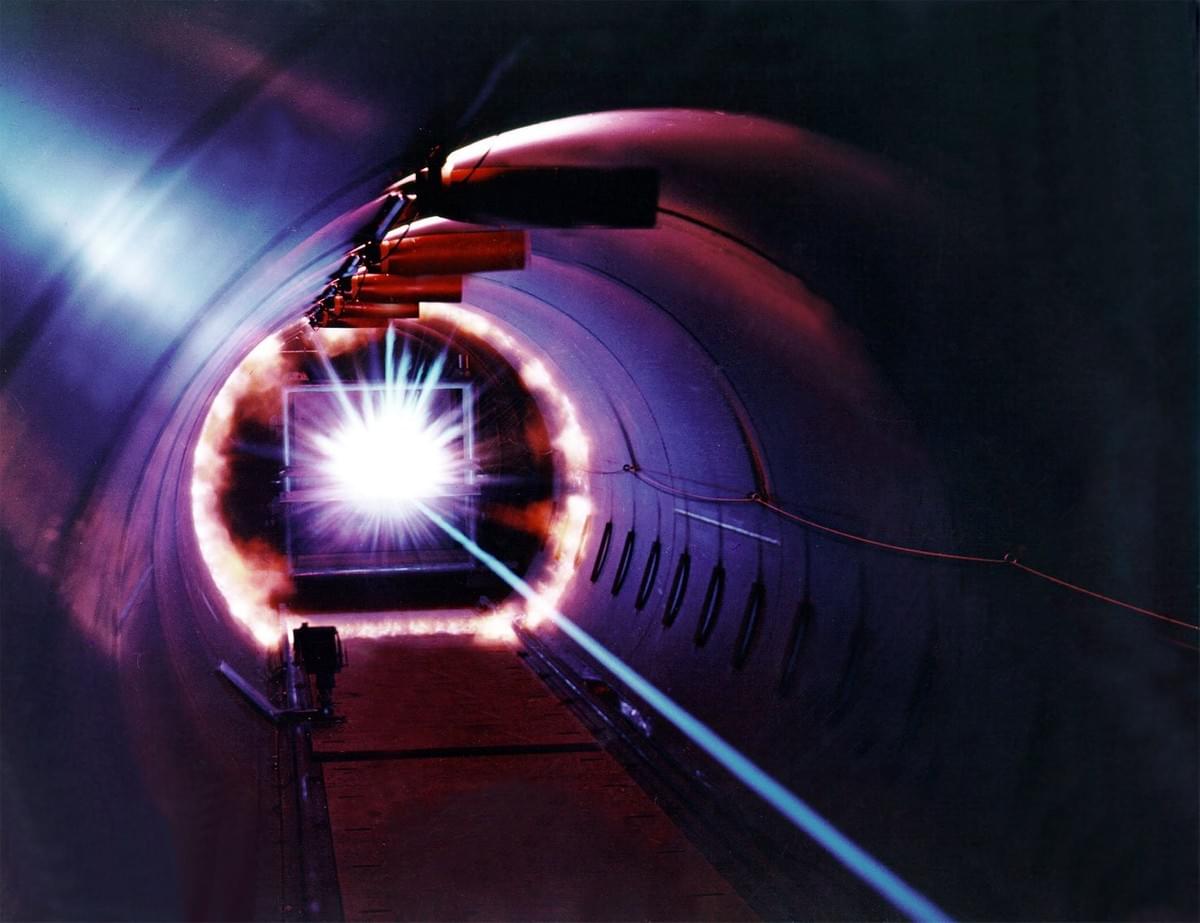Understanding Laser Marking
Understanding Laser Marking

In recent years, laser marking has emerged as a preferred method for permanent and high-quality marking on a wide range of materials. With its ability to provide precise, permanent, and customizable markings, laser marking has found applications in diverse industries, including manufacturing, electronics, automotive, medical, and more. In this article, we will explore the advantages and applications of Plastic Laser Marking, highlighting its efficiency and versatility as a marking solution. Laser marking is a non-contact method that uses high-intensity laser beams to engrave or mark the surface of materials without compromising their integrity. The laser beam interacts with the material, altering its properties and creating permanent markings.
Laser marking offers several advantages over traditional marking methods. Firstly, laser marking provides high precision and intricate detail, allowing for the marking of small fonts, complex graphics, and 2D/3D codes. The durability of laser marks is another key advantage. Laser marks are highly resistant to wear, fading, and corrosion, ensuring long-lasting readability and traceability. Additionally, laser marking is a non-contact process, eliminating the need for physical contact with the material and minimizing the risk of damage or deformation. This non-contact nature also contributes to its speed and efficiency, making it suitable for high-volume production lines. Laser marking offers quick setup and minimal downtime, increasing productivity. Moreover, laser marking is versatile, as it can be performed on a wide range of materials, including metals, plastics, ceramics, glass, and more. Lastly, laser marking is a clean and non-toxic process as it does not require the use of inks, solvents, or chemicals.
Laser marking is compatible with various materials. Metals such as stainless steel, aluminum, titanium, and brass are commonly marked using laser technology. Plastics like ABS, polycarbonate, acrylic, and PVC can also be effectively laser marked. Ceramics, including porcelain, glass, and composites, are suitable for laser marking. Additionally, organic materials such as wood, leather, fabric, and paper can be marked using lasers.
Several laser marking techniques are employed based on the material and desired outcome. Laser engraving is a technique where the laser removes a portion of the material's surface, creating a deep and visible mark. Laser annealing involves heating the surface of the material with the laser, causing oxidation or color change, resulting in a contrasting mark. Laser foaming is a technique suitable for plastics, where the laser heats the surface, causing the release of gas bubbles, resulting in a raised mark. Laser ablation involves the laser removing a thin layer of material, leaving a permanent mark with minimal impact on the surface.
Laser marking finds applications in various industries. In product identification, laser marking enables product labeling, including barcodes, serial numbers, logos, and part numbers. The traceability and anti-counterfeiting capabilities of laser marks make them invaluable for tracking and authentication purposes. In the medical field, laser marking ensures accurate and permanent markings on surgical instruments, implants, and medical equipment. In electronics, laser marking allows for precise marking on circuit boards, semiconductor chips, and electronic components. The automotive industry relies on laser marking for marking parts, chassis numbers, and safety information on vehicle components. Aerospace applications include part identification, component traceability, and marking safety information.
Laser marking has proven to be an efficient and versatile marking solution across various industries. Its advantages, such as high precision, durability, non-contact nature, versatility, and cleanliness, make it an attractive choice for permanent and high-quality markings.
